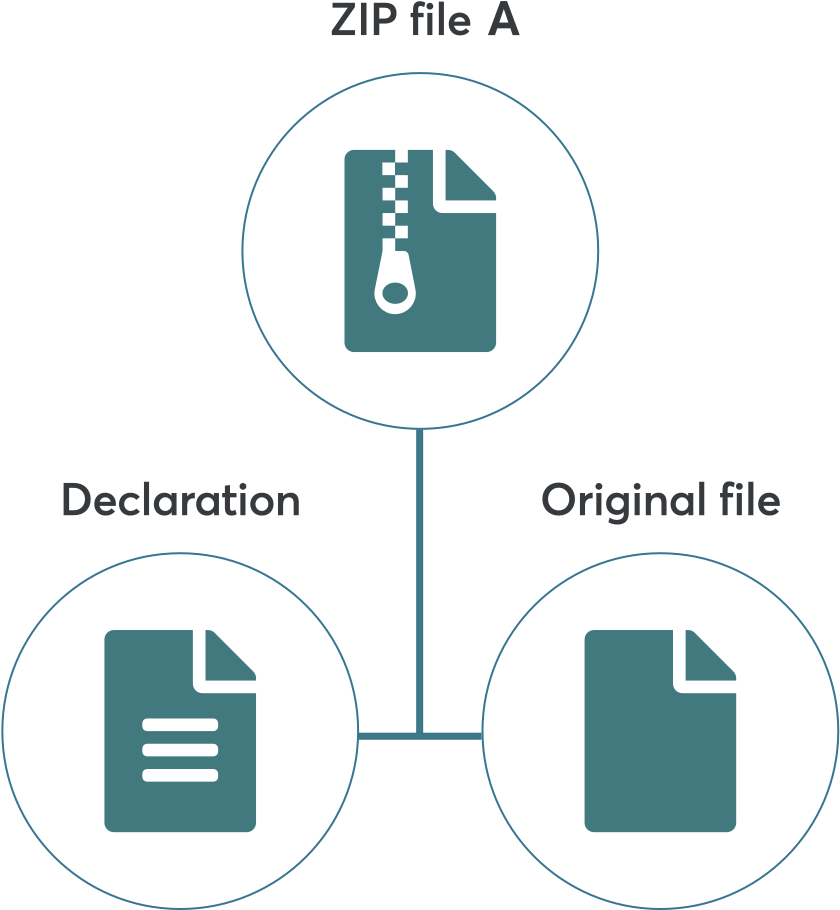How it works
A timestamp is a digital cryptographic, legally valid and unfalsifiable method that certifies that a given content exists in a specific moment in time. Basically, a virtual notary.
The validity of our timestamps is legally recognized and guaranteed by the European Union, as our timestamps are certified to be compliant with the EU 910/2014 eIDAS regulation on Digital Trust services.
Furthermore, their legal and international validity is extended worldwide to all the 172 countries that signed the Berne Convention for the protection of intellectual works.
When you register your scientific results on the ResearchProof Academy, you obtain a timestamp that allows you to demonstrate that your work is original, provided that no one else generated a previous proof for the same content.
Timestamping process and structure
To protect your scientific results on the ResearchProof Academy, you will simply need to fill in requested details about the deposit, and then upload a file contaning all the content you want to protect (be it a zip, a pdf, a word or any other kind of file).
The system will automatically generate an authorship declaration with your details, and include the declaration and the original file in a first file zip folder, ZIP file A.

The system generates a fingerprint (technically called hash) of the zip file A and sends it to a EU certification authority, which will create a tsr file that inseparably merges the ZIP file A (containing original file and declaration of authorship) with its date of creation.
The TSR and ZIP file A constitute, together, a cryptographically unfalsifiable proof of authorship, legally valid worldwide to prove authorship of your scientific results. These two files are compressed together in ZIP file B for simplicity of download and preservation.



